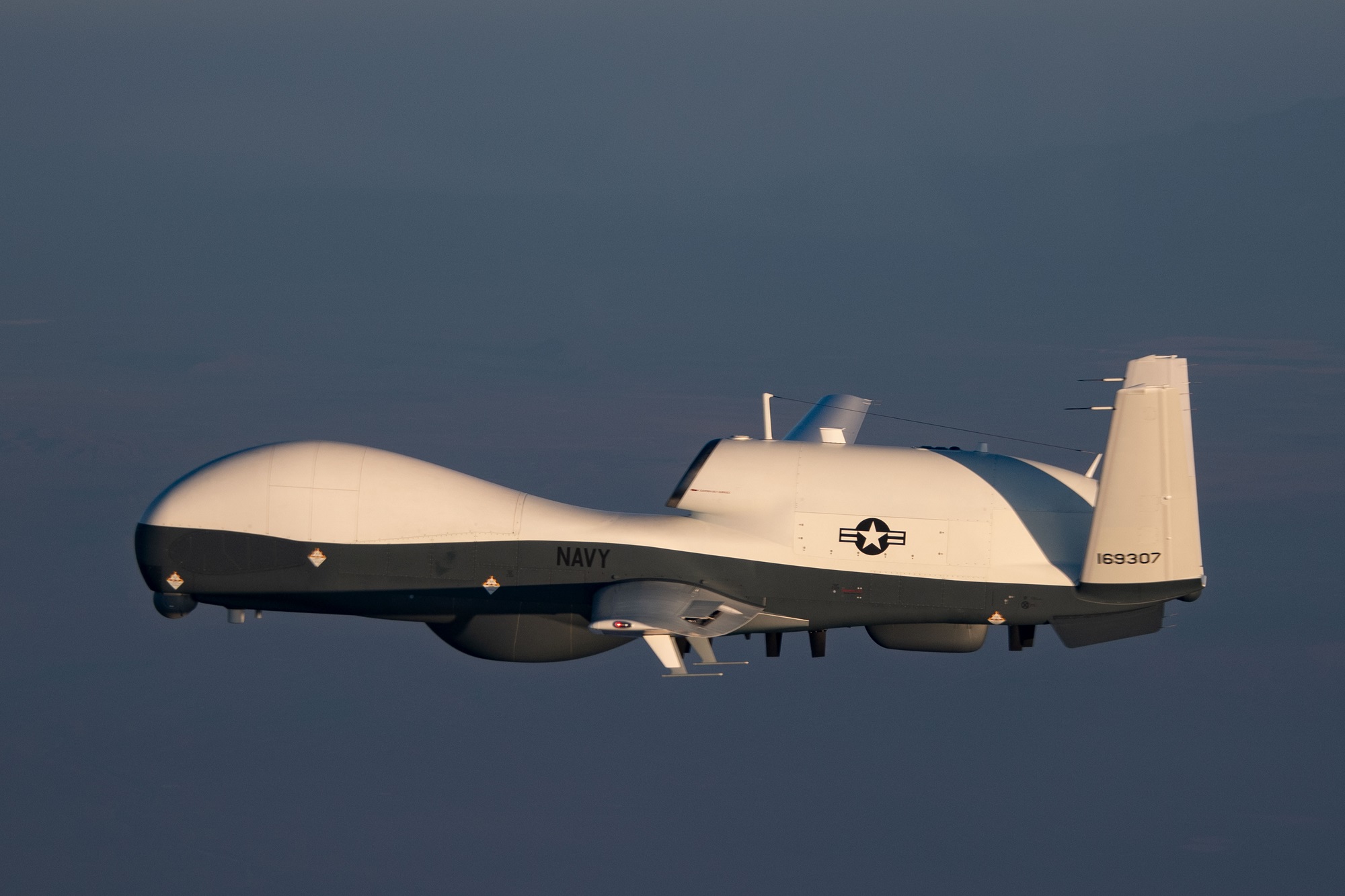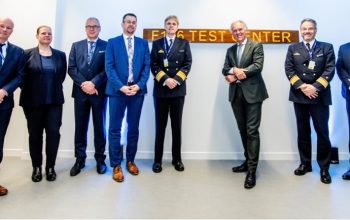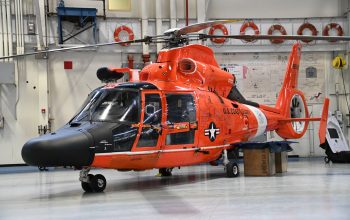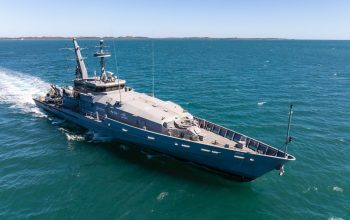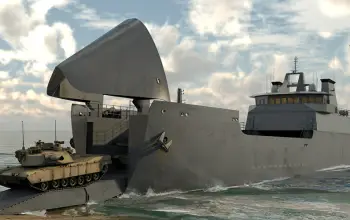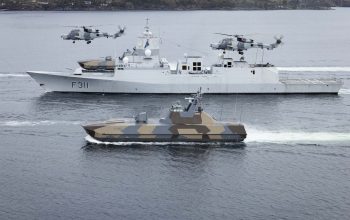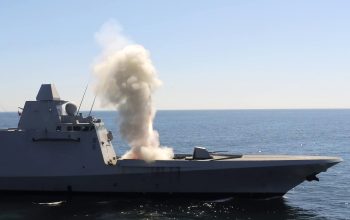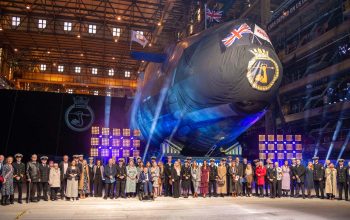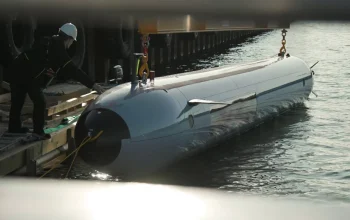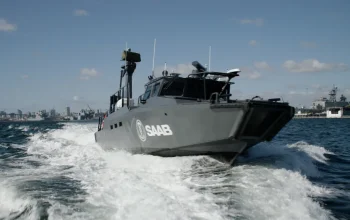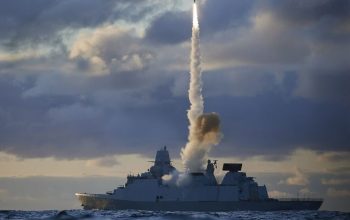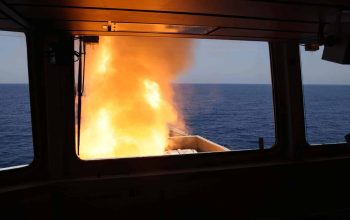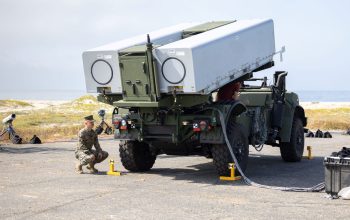Northrop Grumman Corporation’s (NYSE: NOC) multi-intelligence MQ-4C Triton uncrewed aircraft achieved a declaration of initial operating capability (IOC) by the U.S. Navy. MQ-4C Triton is the U.S. Navy’s only uncrewed, high-altitude, long-endurance aircraft performing persistent maritime intelligence, surveillance, reconnaissance and targeting. Since achieving early operational capability in May 2020, the U.S. Navy’s Pacific Fleet employed Triton in the U.S. Indo-Pacific Command area of responsibility conducting maritime and reconnaissance missions. Northrop Grumman has delivered five multi-intelligence Triton aircraft to the U.S. Navy, with the latest delivered June 2023.
Capt. Josh Guerre, Persistent Maritime Unmanned Aircraft Systems program manager, U.S. Navy said: “Persistent global maritime awareness is central to deterring, or competing and winning against, our adversaries. Triton ensures we’re making informed decisions and effectively operating anywhere in the world.”
Rho Cauley Bruner, director, Triton program, Northrop Grumman said: “Triton has proven to be invaluable for the maritime patrol and reconnaissance mission in the Indo-Pacific. Now that the system has achieved initial operating capability, commanders will be able to fully leverage Triton’s powerful sensor suite to detect and deter potential adversaries around the world.”
The Northrop Grumman MQ-4C Triton is an American high-altitude long endurance unmanned aerial vehicle (UAV) developed for and flown by the U.S. Navy and Royal Australian Air Force as a surveillance aircraft. Together with its associated ground control station, it is an unmanned aircraft system (UAS). Developed under the Broad Area Maritime Surveillance (BAMS) program, the Triton is intended to provide real-time intelligence, surveillance and reconnaissance missions (ISR) over vast ocean and coastal regions, continuous maritime surveillance, conduct search and rescue missions, and to complement the Boeing P-8 Poseidon maritime patrol aircraft. Triton builds on elements of the RQ-4 Global Hawk; changes include reinforcements to the airframe and wing, de-icing systems, and lightning protection systems.
The MQ-4C can remain aloft more than 30 hours at 55,000 ft (17,000 m) at speeds of up to 330 knots (380 mph; 610 km/h). Its surveillance sensor is the AN/ZPY-3 Multi-Function Active Sensor (MFAS) X-band AESA radar with a 360-degree field-of-regard, capable of surveying 2,700,000 sq mi (7,000,000 km2) of sea (as well as shoreline or land) in a 24-hour period, or 2,000 sq mi (5,200 km2) in a single sweep. Using the radar in inverse synthetic aperture mode, the MFAS can identify a target in all weather conditions. Triton provides continuous communications relay to keep a distributed Navy connected, while ensuring commanders are operating off a common operational picture. Its unparalleled, long-range sensors allow it to detect, classify and track maritime targets well outside the detection of enemy ships and surface-to-air missiles.
